ALSO IN THE NEWS

The Fall of Siad Barre and Civil War ( Part Two)
Sunatimes.com - Thirty years ago this week President Siad Barre's regime was overthrown. Why? In answer to that question lies with what others ( Foreign observers wrote about that historical fact of Somalia. It is important to note that thirty years is a long time. Nearly, Seventy five percent of Somali population are young people who are under age thirty.
This new generation are more educated then their parents and have been raised in very challenging environment. They hear the folk tales about Siad Bare Regime. They are the ones who will inherit this country. If they don't read, surely they will never know the truth and they cant learn the past objectively.
It is relevant to pick a part two of a report compiled by World Peace Foundation for the young generation in order for them to know what had actually happened in the two decades that president Siyad Barre had ruled the country. If one wants to read the full report, it is in the World Peace Foundation website...
The piece starts under the dotted lines... these points were picked to encourage to read more. This is a very serious scholarship and its scale and scope is immense.
................................................................................ .................................................. ............ .. ......
To be continued from the part one...
The 1980s saw the rise of opposition armed movements, the largest of which was the Somali National Movement (SNM), drawn principally from members of the Isaak clan in north-western Somalia, which developed in response to state marginalization and abuse including the purge of Isaak from civil service posts, confiscation of businesses, arrests, detention, and violence against Isaak civilians
[x] Throughout the 1980s, the Siad Barre regime responded to oppositional militias by employing increasingly violent and restrictive measures on various clan populations. Beginning in 1982, the state imposed curfews in certain areas that were used as a pretence for the detainment and extortion of civilians. Detainment and looting became a lucrative source of funding for state forces and paramilitaries that were referred to as the ‘meat market’.
[xi] The government employed Mobile Military Courts (MMCs) to combat opposition militants and their associated civilian populations. MMCs were superficial judicial proceedings conducted by military officials, and followed almost immediately by executions. Although wholesale targeting and decimation of the Isaak population did not begin until the SNM offensive in 1988, a confidential report from General Morgan to President Barre that was leaked in February 1987 revealed a government intention to "liquidate” the "Isaak problem” through violent tactics
[xii] In 1988, the SNM received information that they were about to be expelled from their base of operations in Ethiopia on account of a peace agreement between the Somali and Ethiopian governments. In response, on May 27, 1988, the SNM launched a sudden attack on Burao, followed by an attack on Hargeisa on May 31. The SNM dispersed amongst the civilian population, with some SNM in uniform and others in partial uniform or plain clothes. These tactics likely resulted in higher civilian casualties than necessary, however, the government clearly responded to the SNM attack with a purposeful program of reprisal against Isaak civilians.
[xiii] Compagnon estimates that 15,000-20,000 civilians were killed directly from the bombing of Hargeisa and Burao.[xiv] The Africa Watch report, "A Government at War with Its Own People” estimated that roughly 50,000 to 60,000 people were killed between May of 1988 and the beginning of 1990.
[xv] While it is unlikely that all of these deaths are civilian, with SNM membership estimated at only 10,000.
[xvi] It is clear that many civilians were killed, the large majority of which were Isaak. Deaths were inflicted through indiscriminate government bombing of the towns of Hargeisa and Burao. Civilians fleeing from fighting were strafed by government planes.
[xvii] Although violence from 1988 to 1990 was largely one-sided, the SNM forces were also responsible for civilian deaths, including about 400 deaths that resulted from attacks on refugee camps in the northwestern area of Somalia that housed ethnic Somalis from Ethiopia and from which the government had recruited SAF and militia members. All SNM attacks resulting in civilian deaths occurred in the period of May and August of 1988. With roughly 400,000-500,000 people displaced from the North-western area of Somalia by the government’s violent tactics and fewer Isaak left to attack, the government violence in North-western Somalia slowed.
[xviii] The bombing of Hargeisa and Burao came at a high cost to the Barre regime. Not only had the fighting been expensive, but the departure of many of the Somali elite, the withdrawal of vital U.S. support for Barre, and the sympathy the SNM increasingly attracted from neighbouring countries threatened Barre’s regime. Part three will follow soon. To be continued...
Source: World Peace Foundation.
Leave a comment
| Copyright © 2009 - 2025 Sunatimes News Agency All Rights Reserved. |
| Home | About Us | Diinta | Reports | Latest News | Featured Items | Articles | Suna Radio | Suna TV | Contact Us |
 0
0 
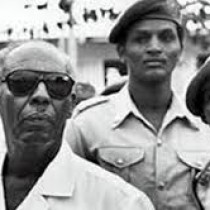


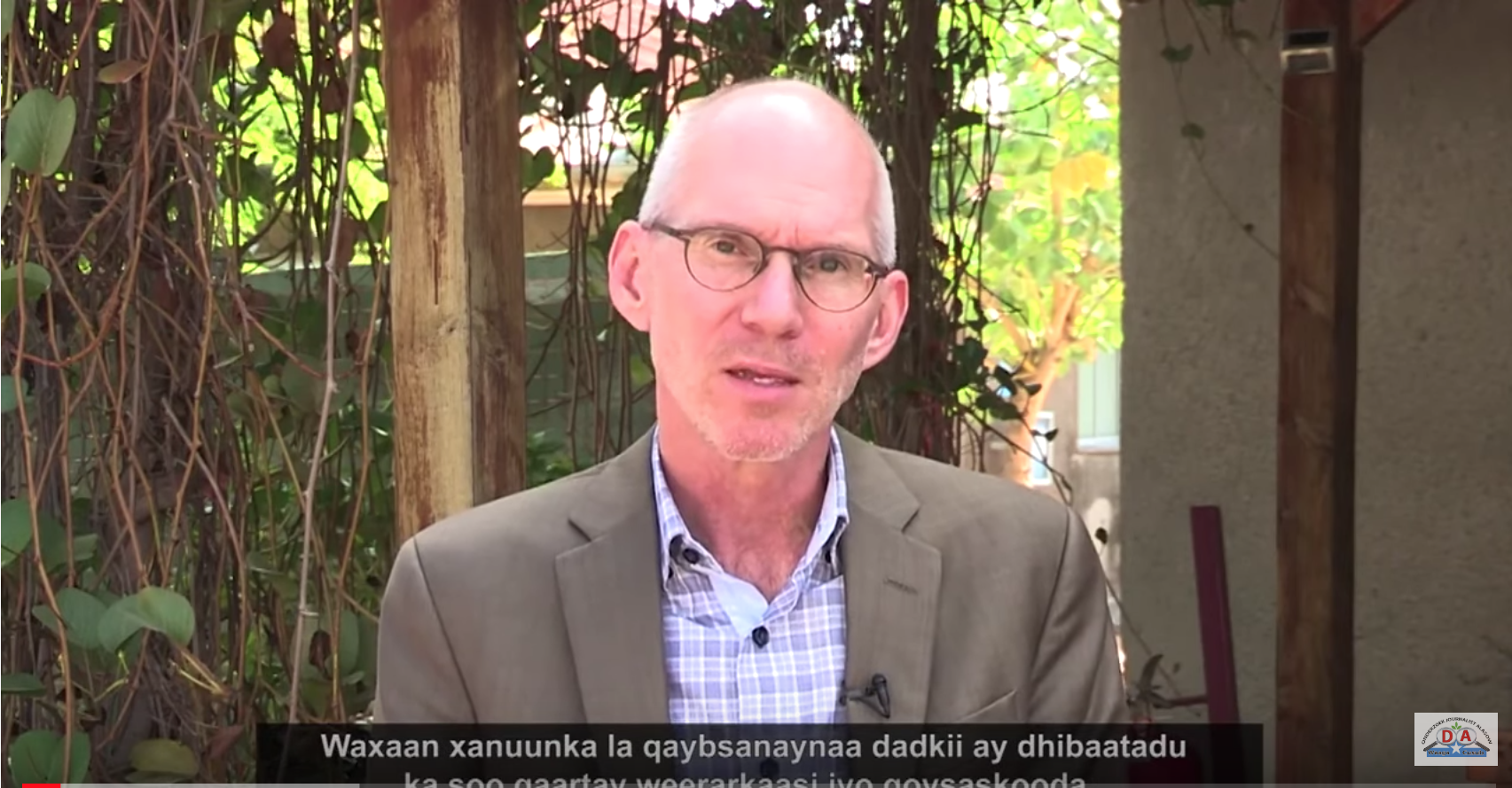
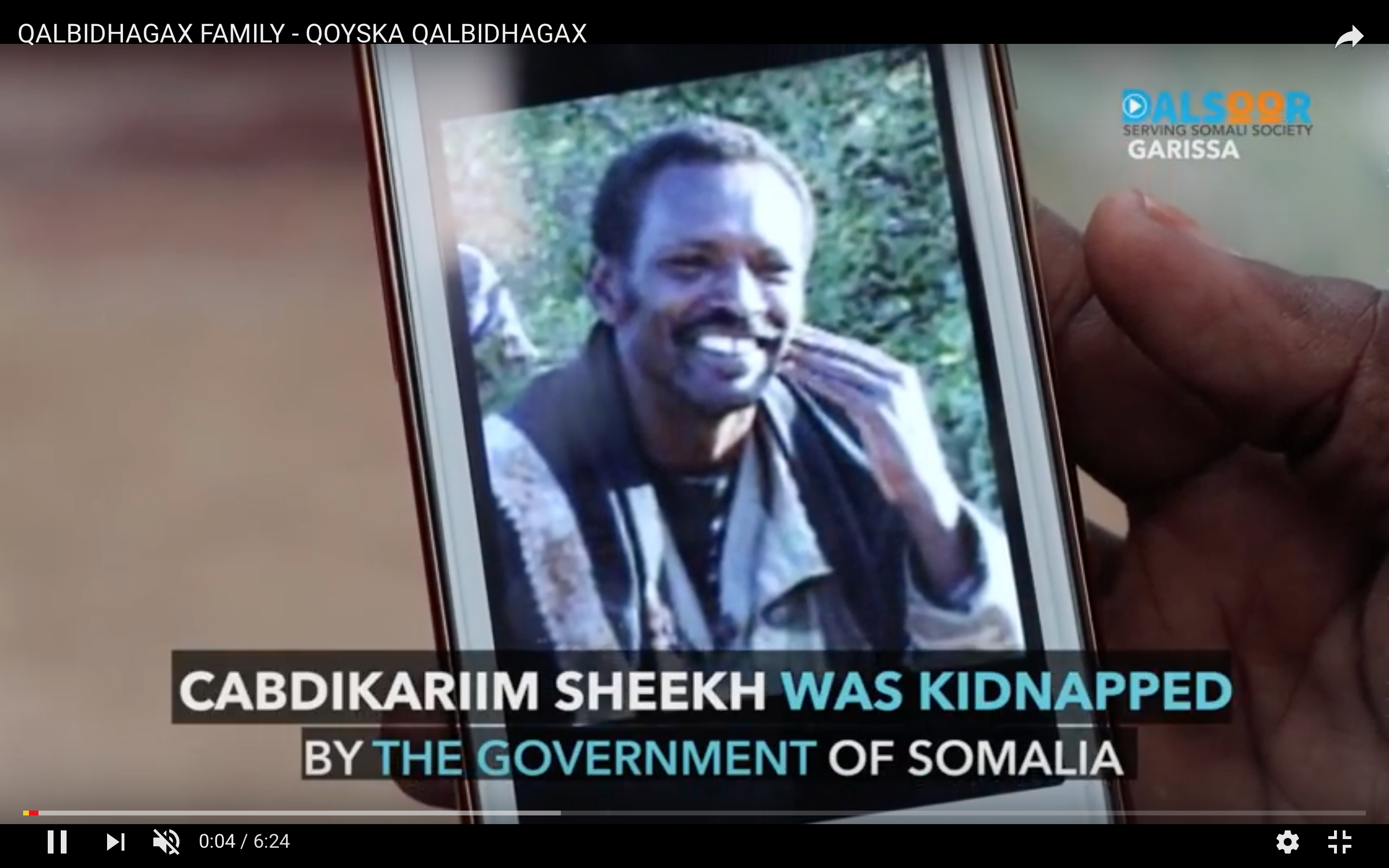
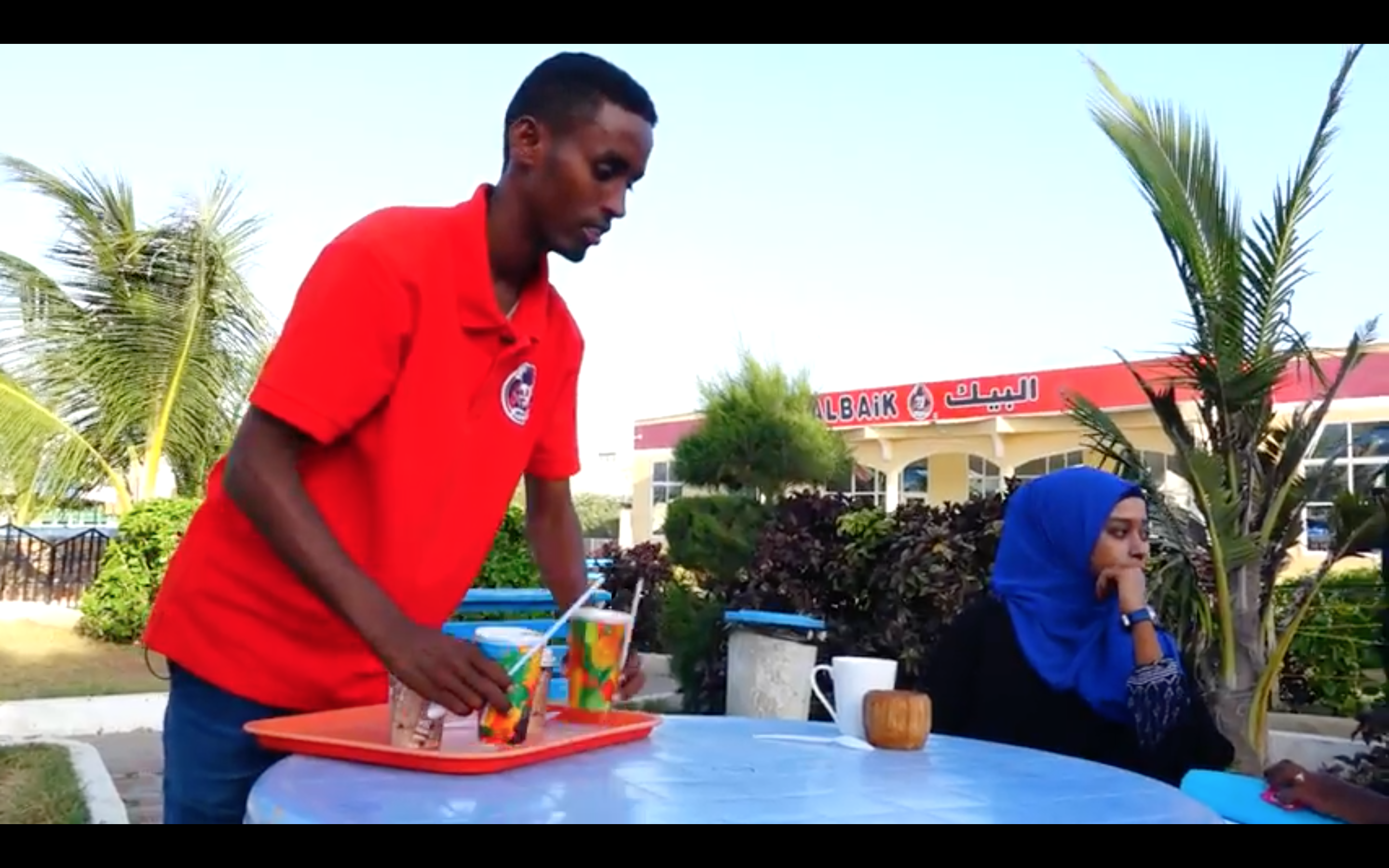
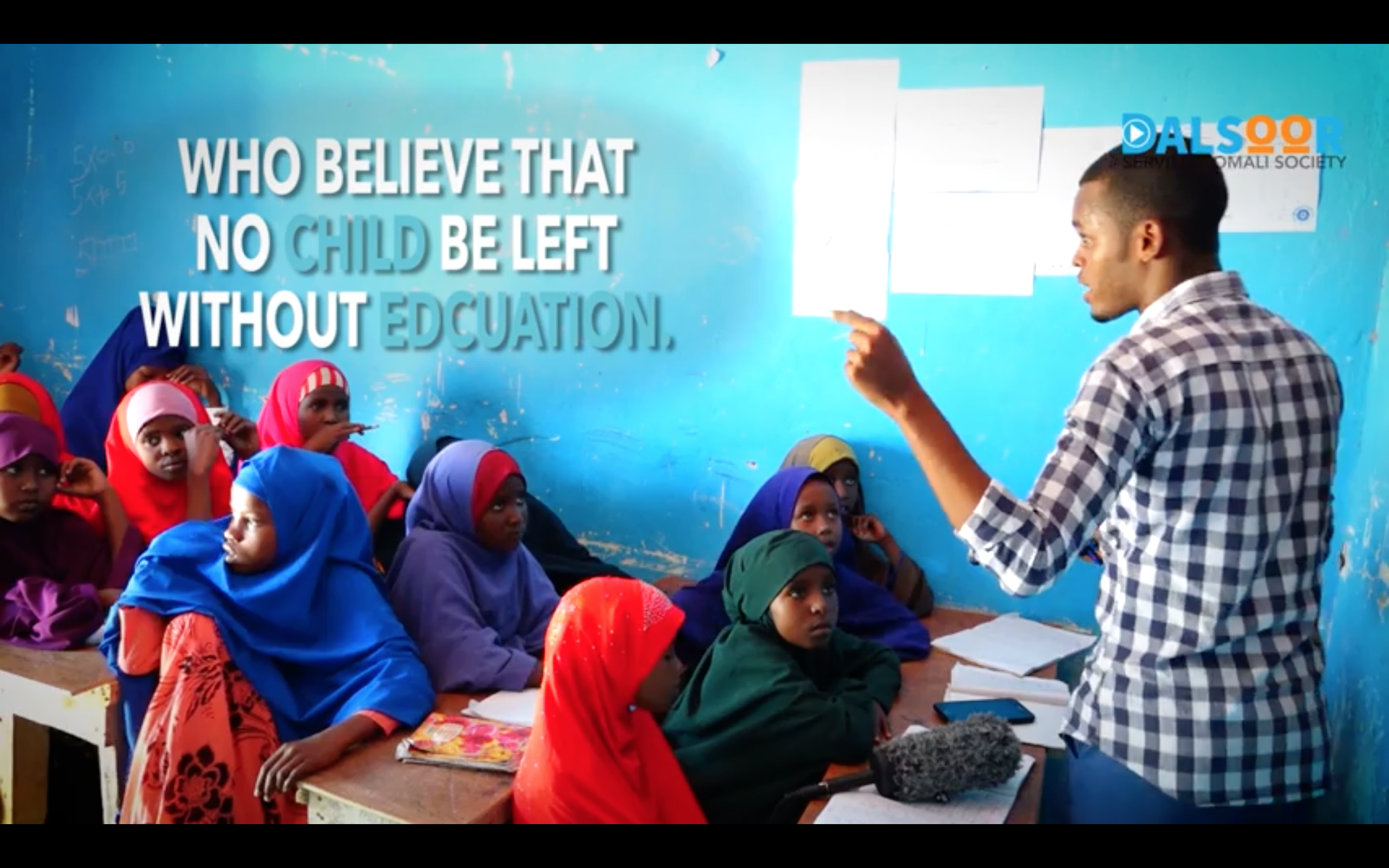
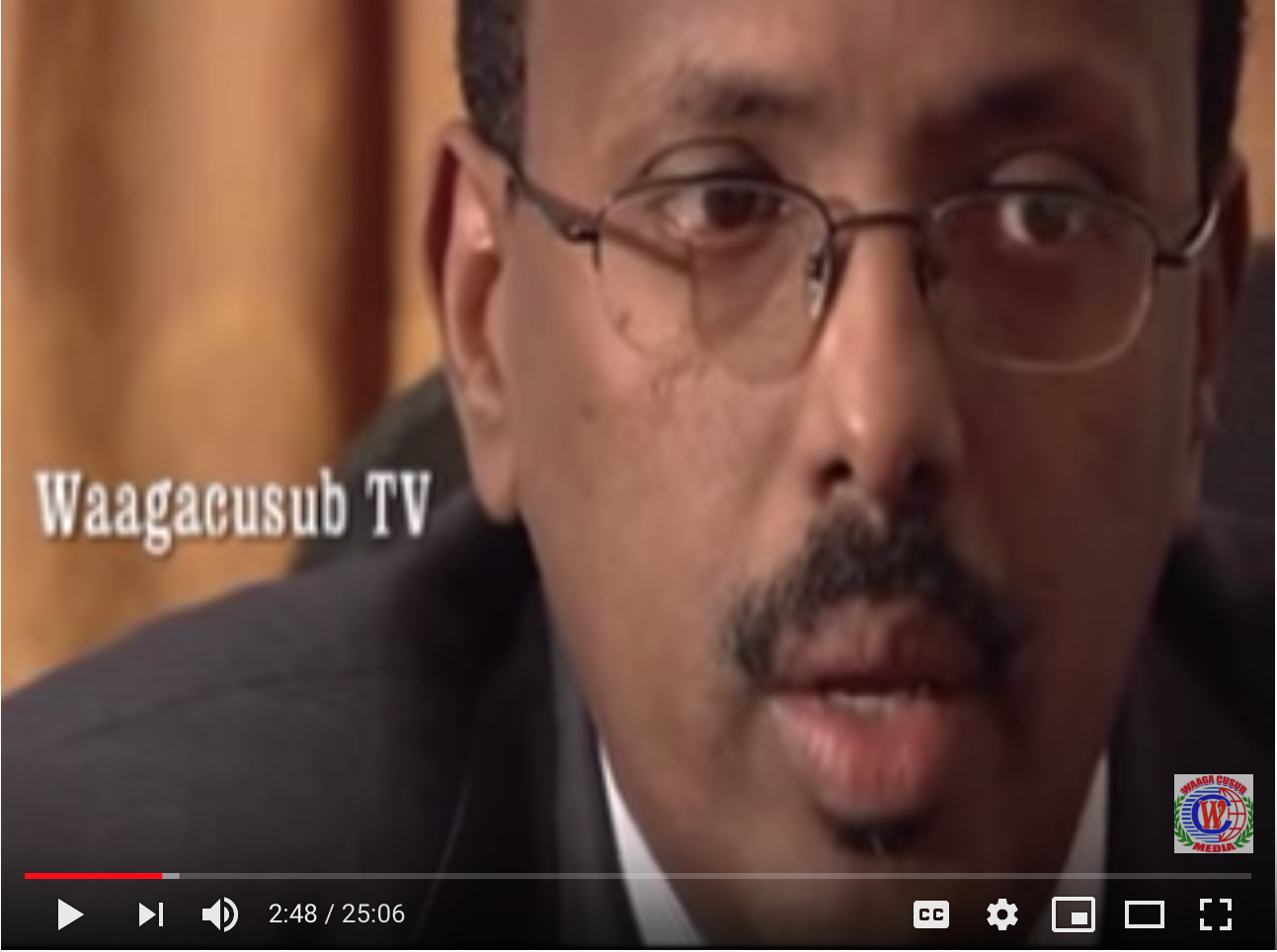

The Fall of Siad Barre and Civil War ( Part Two)
Sunatimes.com - Thirty years ago this week President Siad Barre's regime was overthrown. Why? In answer to that question lies with what others ( Foreign observers wrote about that historical fact of Somalia. It is important to note that thirty